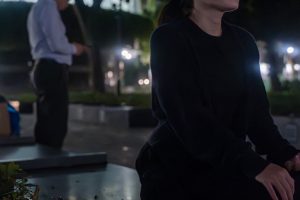Photography by Zachary Tang
Thanks to a successful ad campaign by diamond company De Beers in the 1930s, the shiny little rocks have long been romanticised as a symbol of love and commitment between couples, along with their intent for marriage.
Admittedly, I too was once swayed by said campaign, influenced by popular culture to the point where I wanted to be proposed to with a diamond ring. I was convinced the only way to move forward in a relationship was to have a man “put a ring on it”, according to the gospel of Queen Bey.
Alas, I went down the typical Singaporean route of agreeing to BTO first before being proposed to.
I recall having felt strangely out of place without a diamond ring around my finger as I went about my wedding preparations. It just didn’t really feel official. And what would I say to people asking about my proposal story?
Fast forward four years later—married (yes, he did eventually propose) and I suppose a tad wiser—I started to ponder: Must a diamonds come from men for it to hold significance and value? Why do we allow a century-old ad campaign to define what a diamond ring represents today?
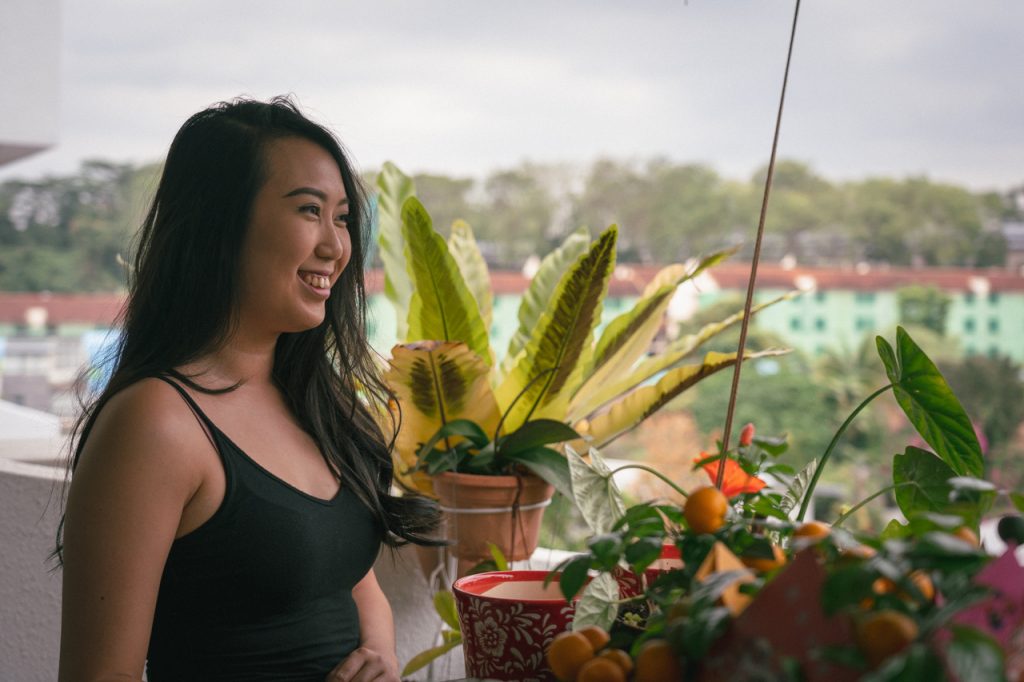
For 26-year-old Shannon Pow, purchasing her first diamond ring in 2019 was a gift to herself for graduating from university. Engraved on the underside of the band were the words “Passed 2019”.
“Did I do very well? No. But I passed it,” she shrugged.
Carefully, I picked up the emerald-cut diamond ring and looked underneath the bronze band, which is considerably thicker than the usual dainty diamond rings I’m familiar with.
Catching a glimpse of the engraving, an uncanny sense of joy and secondhand pride swelled within me. I had just met her 10 minutes ago but it felt like I understood the struggles she faced in her college years, and how it had all been worth it in the end.
Shannon went on to share that it was in that same year that she finally realised she was in a bad relationship and knew it was headed nowhere.
“It was the first time I truly felt if I wanted anything, I had to be able to give myself because I couldn’t blindly wait for a man to do that for me. Knowing that I am able to afford certain luxuries on my own validates me as a person and credits my achievements.”
“It’s unfair to expect [him] to buy me anything, including diamonds,” she added.
“If you can’t afford it yourself, you don’t deserve to have it.”
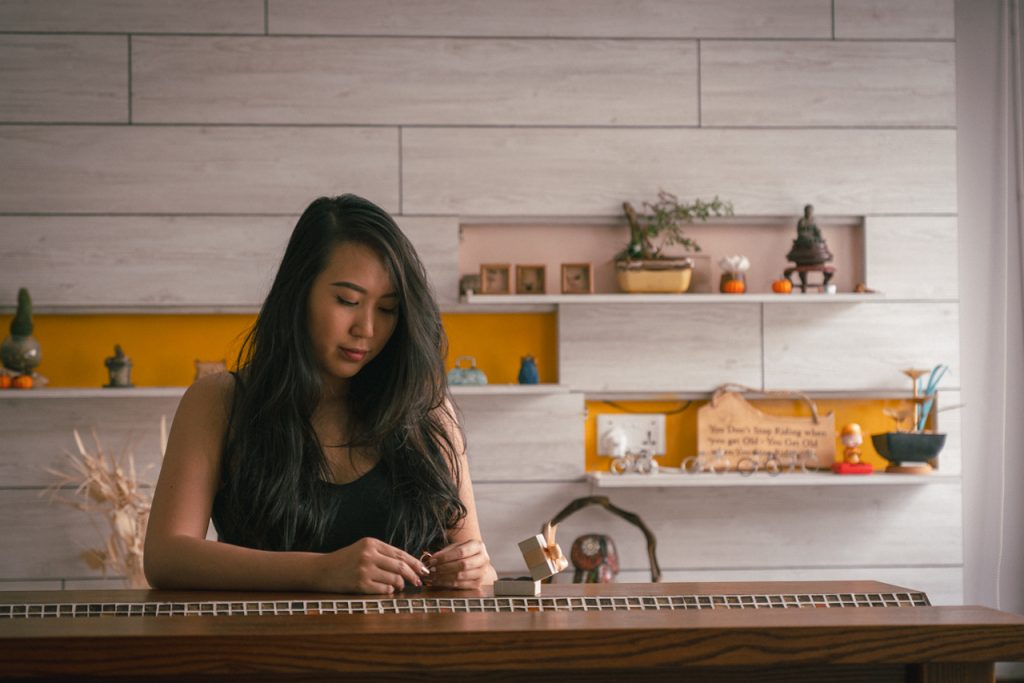
While most of her peers covet branded bags, Shannon gravitated towards diamond rings—something she has her mother to thank for.
“It’s the only gemstone my mum used to wear; it’s something that I kind of grew up with. She wasn’t into emeralds or rubies. So my first exposure to jewellery was already diamonds.”
“I’d rather buy this than a Chanel bag,” she told me, still admiring the first diamond ring she bought.
“It carries a sparkle while being the most durable for daily wear.”
That durability is exactly how diamonds are marketed, reminding me of the saying: “A diamond is forever”. It is, in fact, a tagline written by a copywriter back in 1947, courtesy of the De Beers Group.
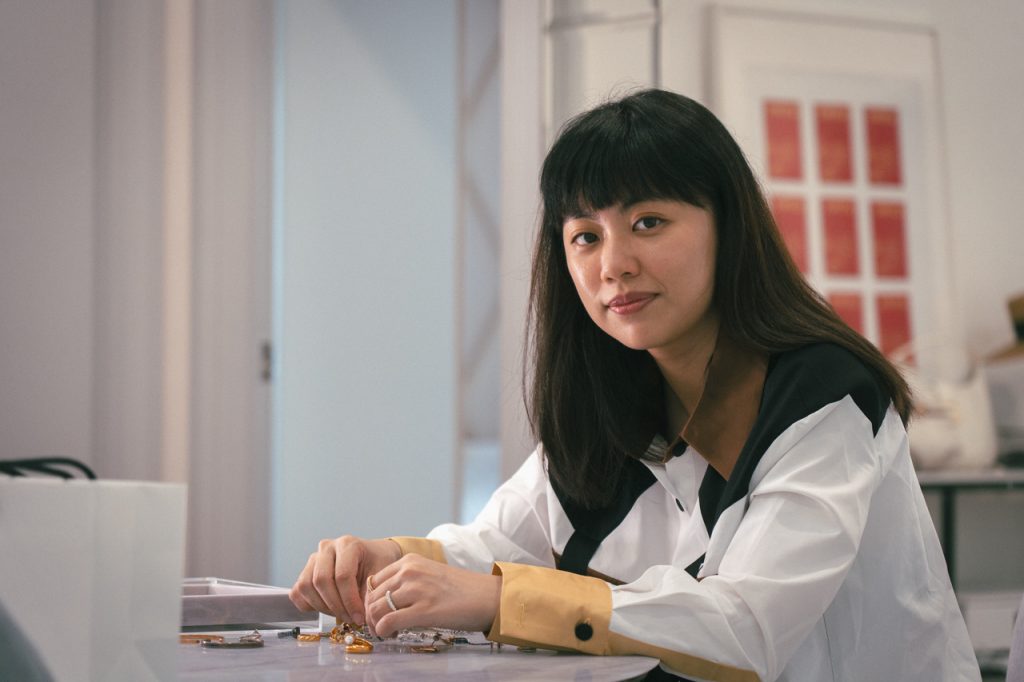
Redefining that slogan is 30-year-old Alverina Wijaya, who knew the diamond jewellery she owned would transcend romantic relationships.
“I customise them, so it’s extremely valuable to [go through] the journey and learn the procedure of the craftsmanship. It’s really meaningful especially when [the time comes] to pass them down to the next generation.”
The jewellery designer shared that 80% of her personal jewellery collection is handmade. The first was a gold ring she had customised in 2015, featuring her birthdate in Roman numerals, encrusted with diamonds on the bands.
“It’s nothing significant,” Alverina said matter-of-factly. “It was a design I used to test the craftsmanship of the manufacturer I was working with.”

The second piece she designed was a 10-piece (!) diamond ring—her wedding band. As it was too bulky for her finger, she removed two pieces of diamonds from the ring and made them into a pair of matching diamond earrings.
While talking about wedding bands, we naturally segued into the so-called rule of thumb for buying engagement rings.
For the uninitiated, the general rule is that a man should spend one to three months of his salary on the ring, and that the size and the quality of the diamond should be reflective of his love.
Ask any engaged or married man about the engagement ring they bought and you’ll probably be opening a Pandora’s box. But I digress.
“It’s gimmicky,” Alverina tells me, pointing out that the tradition is an unfamiliar one in her Indonesian culture. She had only found out about the rule from her husband and friends here in Singapore when she was getting married.
“Just purchase anything that you can afford. You can buy plenty of them when you’re older and financially stable.”
Singing the same tune, Shannon exclaimed: “I find it so absurd!”
“If he has great taste and finds something amazing and beautiful for less, I don’t see it as an issue. I wouldn’t want him to follow a hard and fast rule that means nothing if it doesn’t come from the heart.”
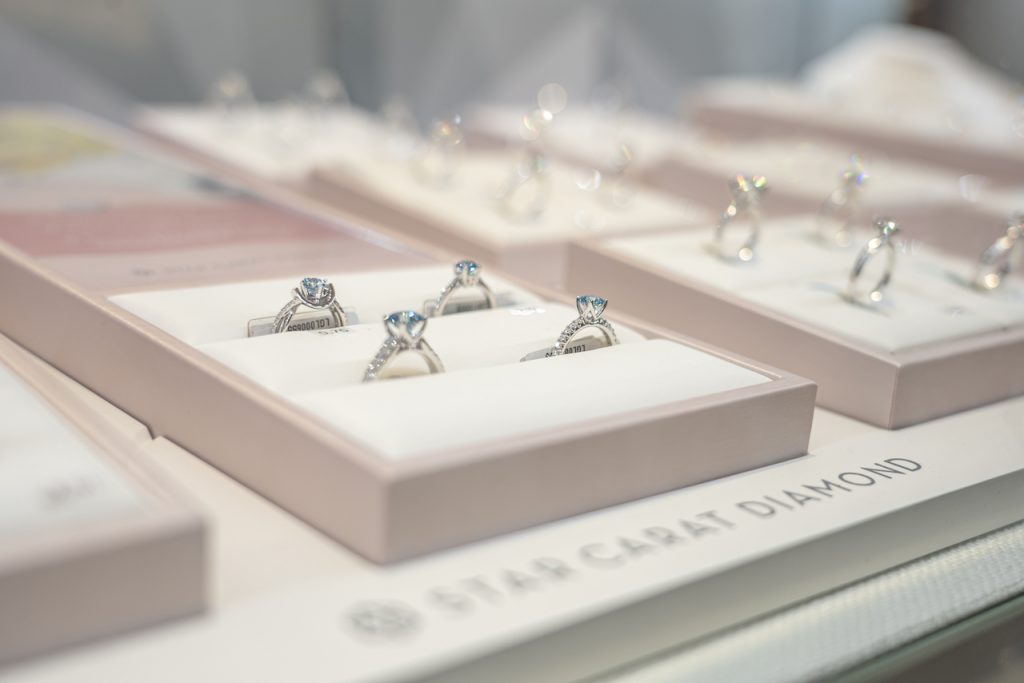
Diamonds are expensive, that’s a fact. If you’re wondering how much a one-carat diamond ring would set you back, it’s around $15,000. This, alongside “immeasurable environmental and humanity cost,” local jewellery retail chain SK Jewellery tells us.
Not to mention the disruption to our climate and environment contributed by the growing number of unusable lands contaminated by mining activities.
On average, 100 square feet of land is disturbed for every carat mined. A quick check on diamond industry statistics shows an estimated 142 million carats of diamonds were produced worldwide in 2019 alone. Now you do the math.
I asked both Shannon and Alverina if they know about the origins of their diamond—whether the way the diamonds were made mattered, and if they ever wondered whether their diamonds were ethically sourced.
In both cases, a sudden quietness filled the air and the mood quickly shifted.
“I have heard many stories of how brutal the diamond mining industry is,” Alverina noted quietly, “of robberies and pirates, stealing and killing each other over diamond-filled lands.”
Reflecting on the latter question, Shannon confessed with nervous laughter: “I have never done that before, only after you asked”.
“But it does matter to me that they are ethically sourced…which is why I’ve recently been exploring more lab-grown diamonds.”
“I wouldn’t be able to tell the difference and they are structurally still diamonds anyway,” she added.
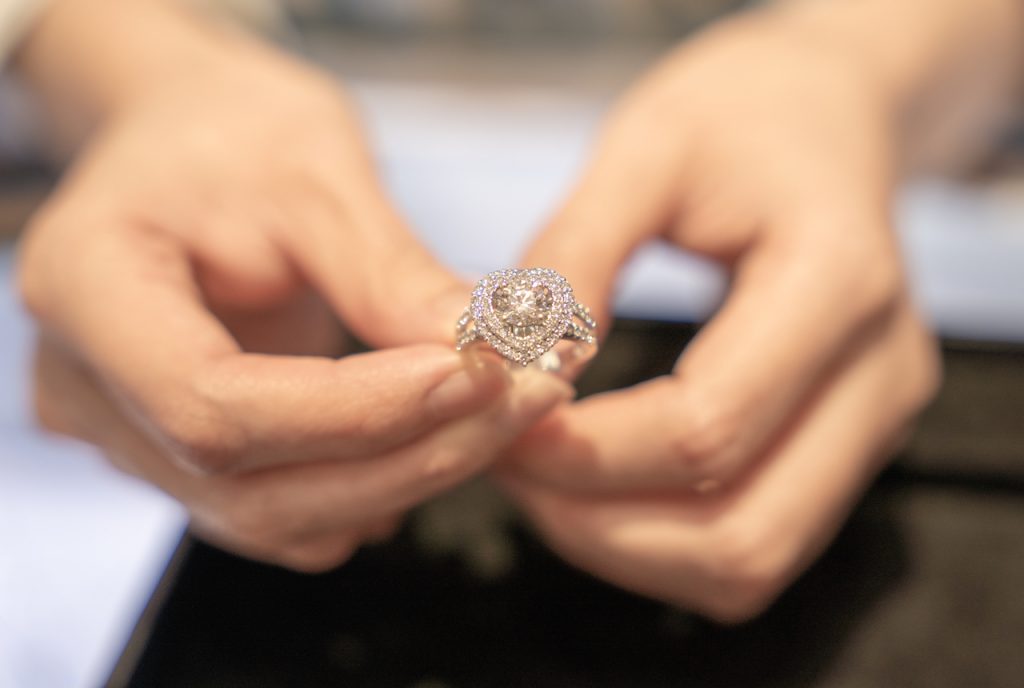
Shannon’s right—lab-grown diamonds are still undeniably diamonds. They share the same structural, chemical and optical properties as mined diamonds. Without all the blood, conflict and exploitation, I might add.
These days, there are also more aesthetically-pleasing choices available for lab-grown diamonds, including (but not limited to) blue diamonds and fancy casings that can be worn as a ring or a pendant. Sans the hefty price tag.
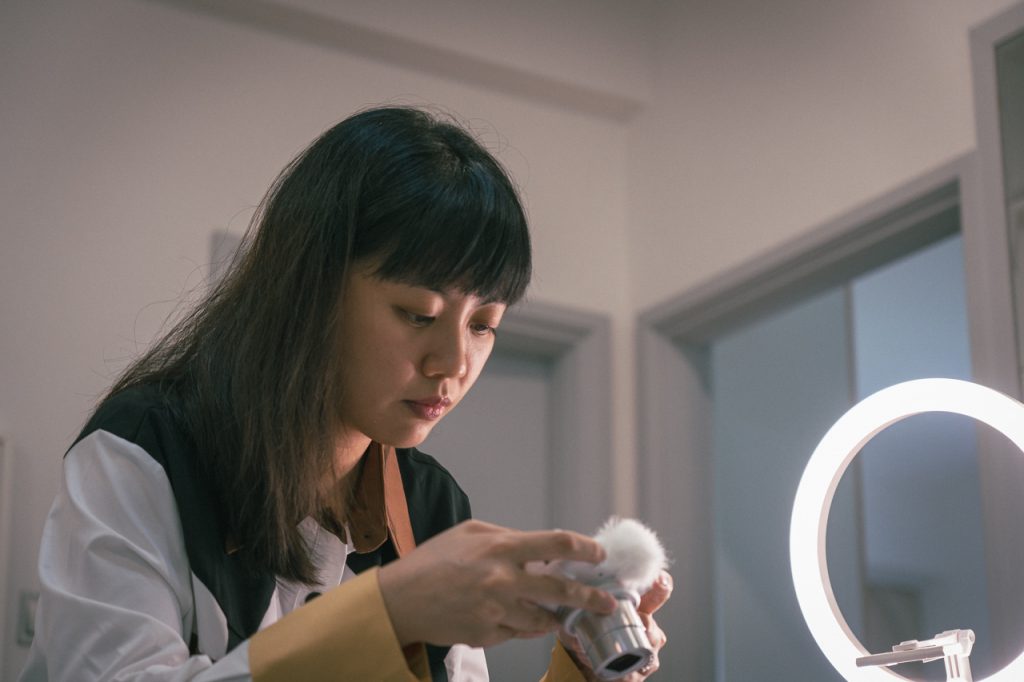
Grown in a controlled environment similar to the conditions of those naturally grown underground, you really won’t be able to tell the two apart even with trained eyes.
SK Jewellery shares how their lab-grown Star Carat diamonds are internationally certified and graded in the same manner as mined diamonds. I learned that it includes the 4Cs: cut, colour, clarity and carat.
The best part: a one-carat lab-grown diamond ring from SK Jewellery starts from $3,299, which is 50% lower than what you would pay for traditionally mined diamonds. Not because the inherent quality is lower—a lab-grown diamond simply requires less time and labour to create.
In short: Yes, it sparkles just the same as mined diamonds (if not brighter) as only less than 2% of traditionally mined diamonds have the same chemical purity as lab-grown diamonds.
Can your nosy relatives and friends tell the difference? Not a chance.
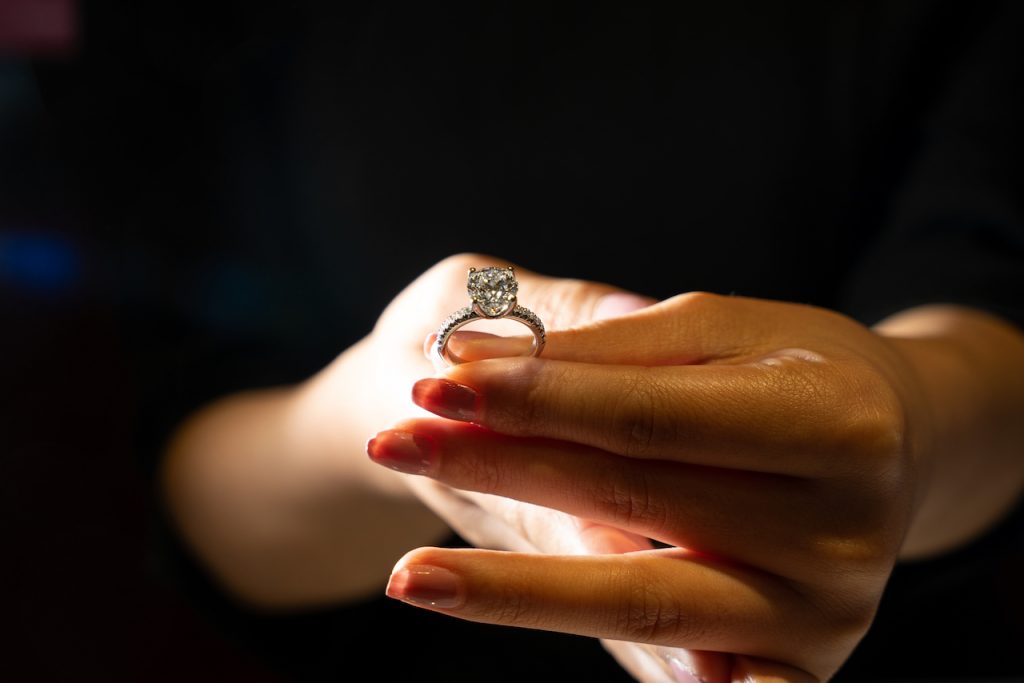
A diamond goes beyond just wedding engagements and are beautiful gems for all occasions. In Alverina’s words: “It feels completed to have one or two pieces of diamond jewellery in my collection…it’s only diamonds that will give you a very clean look.”
You don’t necessarily have to break the bank to achieve the clean look that Alverina speaks of, that is if you choose to shop for lab-grown diamonds. A one-carat diamond may not seem all that elusive too with Star Carat Diamond’s affordable price point.
While Alverina is still convincing herself that lab-grown diamonds and mined diamonds share the same properties, she’s open to buying them for daily use as well as passing them to her children.
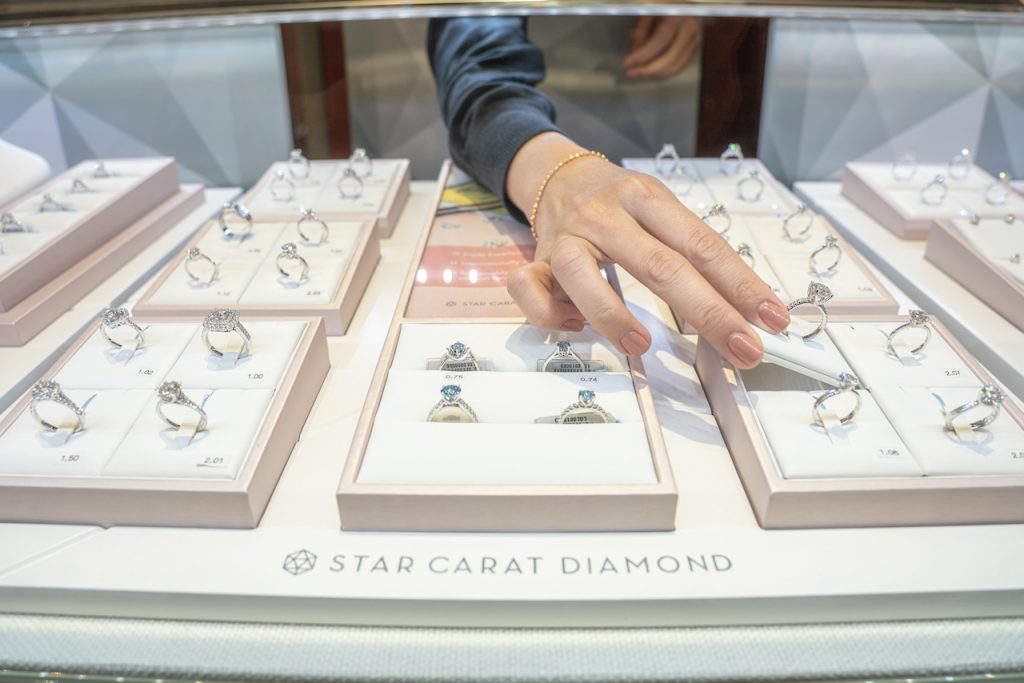
“Actually, I would just pass them everything,” she laughed, “you never know what would happen in the next 50 to 100 years, maybe the demand for lab-grown diamonds will suddenly go up.”
“It’s one thing to know, and another to just keep doing it,” offered Shannon about purchasing earth-mined diamonds after knowing what it does to the environment.
While both mined and lab-grown diamonds hold their own unique characteristics and are undoubtedly beautiful either way, the latter offers a new sustainable way to grow your jewellery collection whilst being environmentally-minded.

After both conversations, I learned that the price of a diamond does not define its value. Instead, it is the story behind each piece and the importance of choosing ethically-sourced diamonds that makes them all the more precious.
Whether diamonds are purchased as a gift to celebrate one’s achievements, passed down as an heirloom or to simply zhuzh up an outfit, we need to make a conscious choice to protect the environment and buy diamonds that are conflict-free.
Apart from the 4Cs used to grade diamonds, the next time I shop for a diamond, I’ll be adding my own fifth ‘C’: Consciousness.
This piece is brought to you in collaboration with SK Jewellery.
Book an appointment with SK Jewellery to view the full collection of Star Carat Diamonds and receive a $50 voucher for use with a minimum spend of $200 in stores.
Are diamonds worth that fat stack of cash? Share your thoughts with us at community@ricemedia.co.


